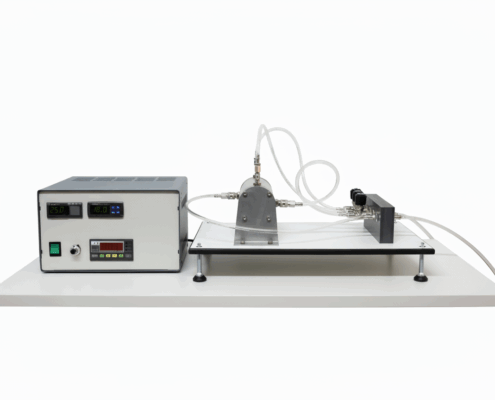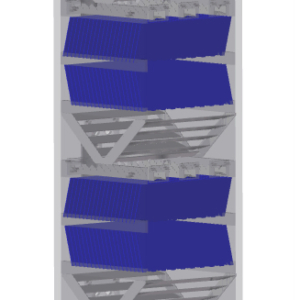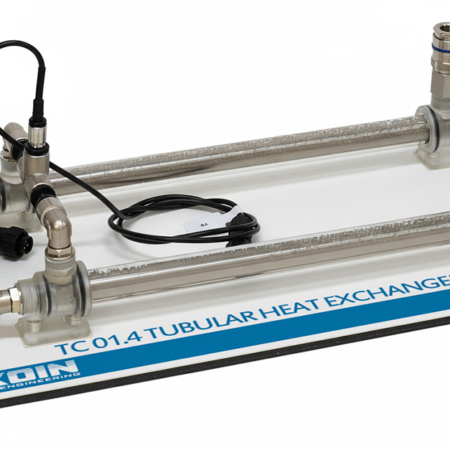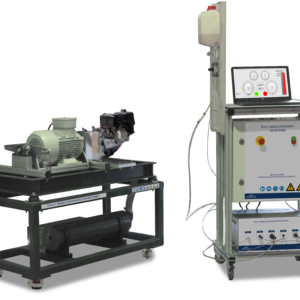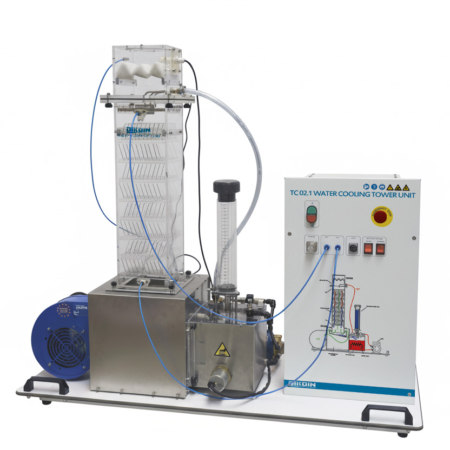TC 06.1 – Heat Conduction in Gases and Liquids
One of the most commonly available sytems to determine thermic conductivity for liquids and gas is the use of a cylinder with two adjacent, isothermal cylinders, separated by a small ring where the fluid under study is enclosed.

